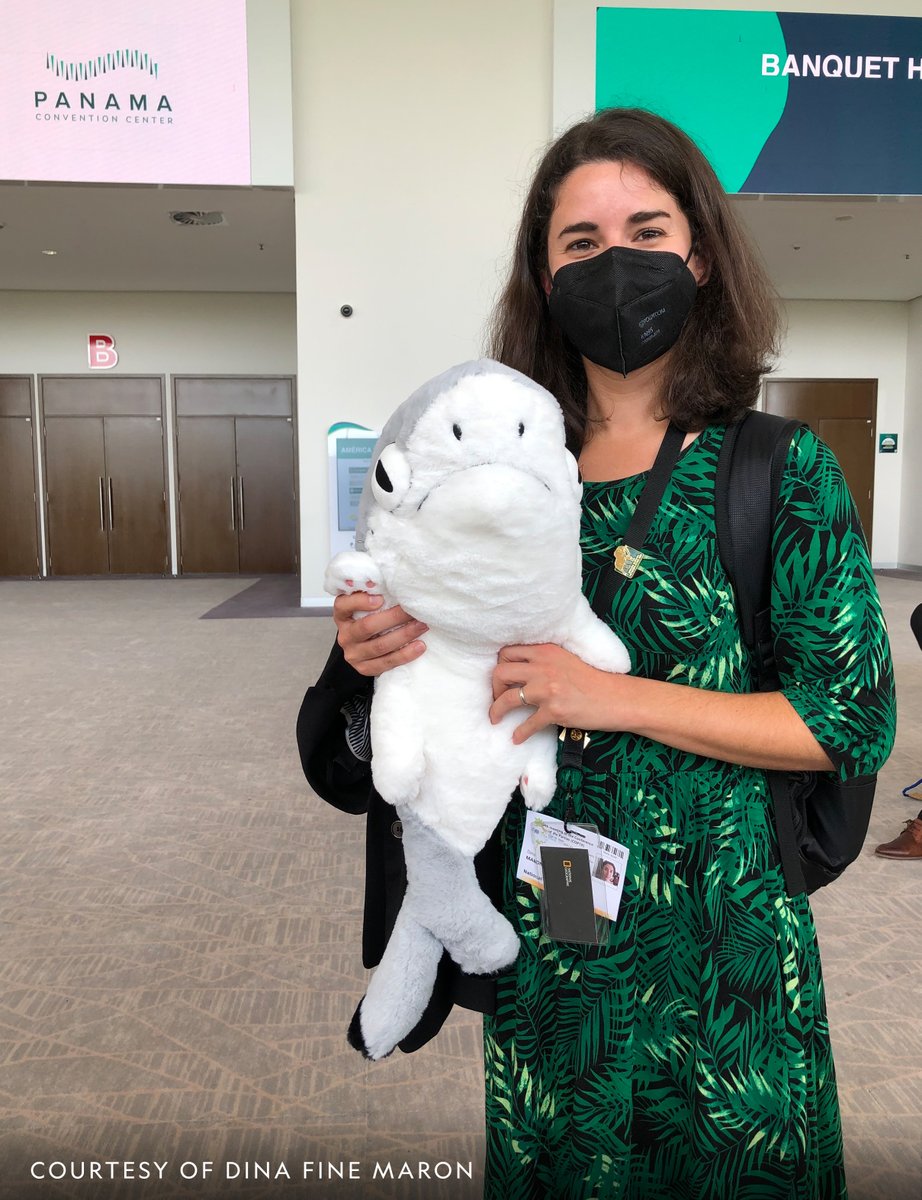Exploring the Global Treaty Regulating Wildlife Sales
This article looks at the 50-year-old global treaty regulating wildlife sales, including live elephants, exotic pets, plants, and more. It also explains how readers can help vulnerable species.

National Geographic
Taking our understanding and awareness of the world further for more than 130 years

-
Today’s #WorldWildlifeDay and the b-day 🎂 of the 50-year-old global treaty regulating wildlife sales.
— National Geographic (@NatGeo) March 3, 2023
I’m reporter @Dina_Maron, here to talk int’l sales of live elephants, exotic pets, plants, and more. And to tell you how you can help vulnerable species 🐘. THREAD/: pic.twitter.com/A3P9KZul4N -
This #WorldWildlifeDay let’s start with a quick 101 on the treaty by Wildlife Watch colleague @rfobar, detailing everything you’d want to know, including that it’s known as CITES [pronounced SIGH-teez] https://t.co/Rz3WgTQUJ6
— National Geographic (@NatGeo) March 3, 2023 -
Most people think ivory when talking about wildlife crime, right? But CITES regulates more than 38,000(!) species—all to keep them from going extinct. Even a couple species of LEECHES are included. Because, yes, leech smuggling is apparently a thing https://t.co/oicGTQSKPb
— National Geographic (@NatGeo) March 3, 2023 -
Sometimes these essential protections, which must be approved at meetings of 180+ countries, come later than they should. Like for pangolins, which are now among the world’s most trafficked mammals https://t.co/jnPqLtS04c pic.twitter.com/gC0tAmkeve
— National Geographic (@NatGeo) March 3, 2023 -
And gaps in enforcement can leave even officially protected species vulnerable, say with illegal fishing of totoaba (a huge fish) and the associated trade of its swim bladders https://t.co/UqaZZK8fCJ pic.twitter.com/8OlPRWBItJ
— National Geographic (@NatGeo) March 3, 2023 -
Demand is a weird thing. Sometimes when a novel animal or plant is described in science, buyers rush to get it—further reducing its numbers—as with this tiny Caribbean gecko. Fortunately, this lizard was eventually CITES-listed with a global trade ban https://t.co/YzP3ZTfkCj
— National Geographic (@NatGeo) March 3, 2023 -
The last big CITES meeting was this past November. I was there, in Panama, with @rfobar, and we wrote about the meeting’s key takeaways https://t.co/q1RA2QUJtH
— National Geographic (@NatGeo) March 3, 2023 -
What happens when countries continue to trade in restricted items? The biggest punishment: int'l trade sanctions that prevent the country from trading in ANY of its wildlife products with the other 180+ countries that have signed the treaty https://t.co/PzJYXSKN8Q
— National Geographic (@NatGeo) March 3, 2023 -
Thanks for reading along! How can you help the at-risk species that we are celebrating on #WWD2023 (and every day)? Show them some love by raising awareness about them! Don’t buy endangered or threatened animals and be a responsible wildlife tourist! https://t.co/9Ktjrv3Cqh
— National Geographic (@NatGeo) March 3, 2023 -
Also, you can contribute to conservation and animal welfare causes you care about! One way is by supporting our investigative reporting project that focuses on wildlife crime and exploitation—Wildlife Watch! https://t.co/4AT7gcuquH
— National Geographic (@NatGeo) March 3, 2023
